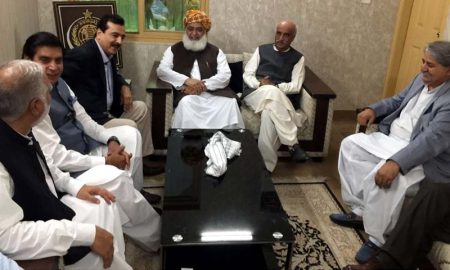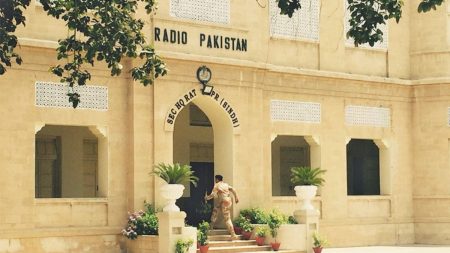The prospect of monsoon rains beginning this week would be a relief to many people in Pakistan. Over the past few months, the nation has been also hit by severe summer heatwaves along with disastrous floods.
More rain also poses the ability to alleviate some of the suffering although the same brings some danger in case it follows a heavy rain. A measured amount could again corroborate water reserves and also successfully reduce hot and scorching temperatures.
But authorities and communities will have to stay on high alert as excessive rainfall in a short space of time may cause problems to structures and lead to loss of lives. All in all, this new monsoon phase appears to bring with it expectations of assistance for distressed Pakistanis although probably detailed preparations required to be kept in abeyance still.
Moderate level moisture appears ideal – for cooling, providing water and suppressing wildfires, but NOT if it floods the land and stretches the capacity of dams. It is my hope that the outcome will be slightly more positive for the nation at this fragile stage.
Monsoon Rain Urban floods in Karachi, Lahore, and Islamabad will be the main effect of the recent rains, even though they may help to some extent with the water issues that the dry season has caused.
According to the PMD, Monsoon Rain will begin on Tuesday and strengthen over the course of the following week, bringing with them heavy showers and thundershowers.
Additionally, the department has warned the public to exercise caution and recommended for the evacuation of low-lying areas in case of flash floods.
The drainage infrastructures in these cities are normally deficient to cater with extremely wet weather. Parts of Karachi specifically have seen some poor drainage, flooding, traffic jams and power blackouts over the past few years during monsoon rains. Government organizations such as the National Disaster Management Authority (NDMA) are suggesting local authorities to Unblock the drainage systems and prepare themselves, as this monsoon is expected to be heavy.
It will consist in the organization of forecasts of flood risks, interactions with government organizations and agencies, infrastructures / drainage and residents. Offering straightforward directions and danger signals to the population, setting up the necessary assets before a flood and gradually ‘floodproofing’ of constructions also will remain significant strategies of flood protection.









